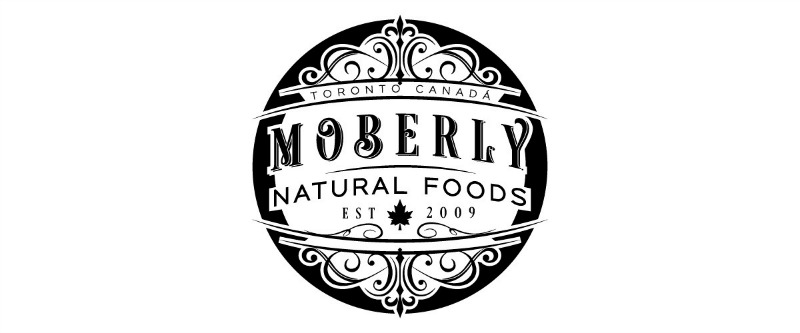Everybody loves coconut! Okay, not everybody. My dad, who likes ALL food, can’t STAND the stuff. But just about everybody else has gone coco-nutty.
5 years ago, we had one maybe 2 varieties of coconut oil on the shelf. Now we have a dedicated coconut oil shelf AND a floor display. Moreover, we’ve got coconut butter and coconut manna on the shelves. But what’s the difference?
Well, you know I can’t leave a question unanswered. Today, I’m going to break down the differences between each, how they’re made, and what they’re good for. First up: coconut oil.

Coconut Oil
You know it, you love it, you put that stuff on EVERYTHING. Seriously – you can put it on your hair, on your skin and, of course, in your food.
Manufacturers produce coconut oil through four methods: centrifuged, cold-pressed, fermented, and expeller pressed. While the mechanics of each method is different, it all the same basic process:
- Take the white meat from a mature coconut
- Remove all water, fibre, and protein.
- That’s it!
You’re left with a shelf-stable oil that is solid at room temperature, has a high smoke point, and is full of MCTs (medium chain triglycerides).
What are MCTs?
MCTs are a type of saturated fat. Your body can break them down easily, and uses them as a quick source of energy. In addition, scientists are studying the benefits of MCTs for many different conditions. They have shown particular promise for blood sugar balance, cognitive function, and heart health.
How can you use it?
As I mentioned above, coconut oil has a high smoke point, so it’s safe for cooking at high temperatures. You can use it in place of butter or lard in recipes, or to grease a pan.
Taking off stubborn eye makeup? Use coconut oil. Hair need a deep conditioning? You guessed it. You can even use it as a body lotion! (I recommend it less for facial moisturizer, because some people find it can clog pores).
And hey, if you’re like my dad and HATE the taste of coconuts, we even have a couple of deodorized options. This way, your eggs will taste of, well, egg, instead of coconut.

Coconut Butter
So . . . if you use the oil in place of butter, what’s coconut butter, then? I’m so glad you asked. Coconut butter is made when some of the white meat flesh is added back into the oil. That’s it.
This gives the butter more fibre, a more solid texture, and makes it less prone to melting when heat is applied. It will soften, sure, but not turn to an outright liquid.
So what do you use it for?
I have two favourite ways to use coconut butter, but there are so many more.
My favourites:
Icing! Mix the butter with a little sweetener. I find a liquid version – honey, agave, maple syrup – works best. You can also add some natural colouring. Spirunlina makes a great green for St. Patrick’s Day, turmeric makes a sunny yellow, and cherry juice makes a bright pink.
As a breakfast spread! Spread it on toast, or stir it in your hot cereal. For a killer combo, try quinoa, raspberries, coconut butter, and maple syrup. Seriously. Try it.

Coconut Manna
It’s exactly the same thing as coconut butter. That’s all. Same stuff, different name. Woo hoo! No more reading for you!
If you haven’t tried coconut butter/manna, you should probably try it soon. Seriously. Just . . . do it. Then let me know how what you think!
About The Author:
Kelly Boaz, CNP
Kelly is a holistic nutritionist, specializing in eating disorder recovery and food freedom. She is also a public speaker (TEDx King St. West, TDSB) and a writer. Learn more about Kelly, and about booking private consultations at kellyboaz.com Twitter: @kelly_boaz Facebook: /KellyBoazDotCom


Pingback: Our Best Nine Blogs of 2017 - Moberly Natural Foods
Thanks Kelly!
My pleasure!